Speaking of the Boundless Power (ie: Infinite Power or Fire) he possessed, Simon Magus famously proclaimed in his Great Declaration, “He who has stood, stands and will stand.”
For this reason, it was said that Simon had called himself the “Standing One.”
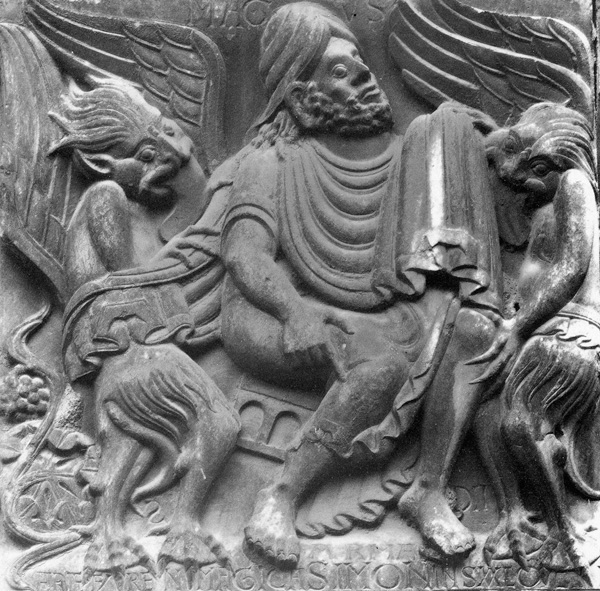
We find the allegorized Gnostic story of Simon’s supposed battle with Paul and Peter in the Clementine writings, where he is said to call himself the manifested power of the great hidden Deity (“Hel Kisai” = “Elkesai” in Gnostic lore; “Recognitiones,” i. 72, ii. 37; comp. “the one who will stand [abide] forever”; “Recognitiones,” ii. 7, iii. 11; “Homilies,” ii. 24).
According to a rare Gnostic document, the Actus Petri cum Simone, after St. Paul had left Rome, a stir arose in that city, about a man called Simon, who was at Aricia, who had worked many miracles, and said he was the great power (magnam virtutem) of God, and without God did nothing.
It is said that Simon receives a summons: ‘Thou art in Italy God, thou art the saviour of the Romans; hasten quickly to Rome.’
He promises to come the next day at the seventh hour, flying through the air at the city gate. At the appointed time smoke is seen approaching, and suddenly Simon appears in the midst. The brethren are in a state of great consternation because Paul is away, and they are left without any to comfort them, and the greater number fall away.”
Simon still tries to deceive the people by pretended miracles, but Peter exposes him. He then explains to the Men of Rome, “do you think that Peter has shown himself stronger than me, and has overcome me? And do you follow him? Tou are deceived. To-morrow, leaving you impious and godless men, I will fly to God, whose power I am, having been weakened. If, then, you have fallen, I am he that standeth (4 ‘ErrW), and I go to the Father, and will say to him, ‘ Me, the Standing One, thy son, they wished to overthrow; but having refused to agree with them, I have come to thyself.”
The people come together to see him fly. He appears flying over Rome. Peter prays, and he falls down, having his leg broken in three places. The people stone him, and all follow Peter. Simon is taken to Aricia, and then to Terracina, where he dies.”
This story is also related in the Clementine Homilies by two of Simon’s purported pupils, Aquila and Nicetas who give us the history of Simon. They had written, “He was educated at Alexandria, and skilled in the wisdom of the Greeks and in magic He wishes to be considered the highest virtue – higher than the Creator of the world.
He calls himself the Standing One, as signifying that he will always be firmly established, and having no cause of corruption In him.
The Creator of the world is not the highest God, nor will the dead lie raised. He denies Jerusalem and substitutes Mt. Gerizim. He puts himself In the place of Christ. He perverts the Law by his own interpretation of it. He was the chief of the disciples of John the Hemerobaptist. As our Lord had 11 apostles symbolizing the 12 months of the year, so John had SO, of whom one was a woman named Helena, thus symbolizing the 2Jty days in a month. The death of John occurred during the absence of Simon in Alexandria, and Dositheus succeeded to his place.
Simon, on his return, desiring the headship, pretended to be a disciple, and then accused Dositheus of not delivering the teaching correctly. Dositheus then attempted to beat him with a rod, whereupon Simon became a cloud of smoke. Dositheus, knowing that he was not himself the ‘Standing One,’ said, ‘If you are the Standing One, I will worship you.’ Simon claims that he is, becomes head of the sect, and Dositheus shortly afterward dies.”
When I search for any interpretations of this famous quote, it has been said that Simon did so imitate that he is Jesus ie: The Standing One. Hippolytus, one of the most important 3rd-century theologians in the Roman Catholic Church teaches that there is some infinite power that is at the root of the universe, but that he (Simon) believes that he was “a power above all apparently on the earth.”
One of the greatest Greek Hellenistic Christian theologians, Origen of Alexandria, reported that this was one of his greatest doctrines that he possessed “Divine Supremacy” or “Power” which is “eternal – past, present and future ie: immortal,”
From both Hippolytus and Origen, they relate what Simon allegedly calls by the names of Boundless Power, Infinite Power or Fire” and what Hippolytus says is an Infinite Power in which Simon somehow played a part or was connected to this “Infinite Power or Fire.”
By doing so, he had what Origen called “Divine Supremacy” or “Power” and I interpret that he became well-known by the Brotherhood as an immortal soul for “He who has stood, stands and will stand,” in the Infinite Power or Fire.
In the Scripture, an interpretation of Simon’s immortal connection to the Infinite Power or Fire we might find in Malachi iii. 6, where it is said, “ I am the Lord, I change not,” or in Revelation 1:8, 17-18: “I am Alpha and Omega … the First and the Last, and the Living One, and I was dead, and, behold, I am alive unto the æon of æons,” ie: AAA ΩΩΩ = The Living Space of Spaces, Æon of Æons.
This would be akin to what some people call in our modern day becoming “awake, illuminated, enlightened or what I just like to call a True Gnostic.” However, in the case of Simon, his fellow Samaritans, and the Gnostics who walked the path after him, he became what we can call a Christ, Messiah, and even a God-man ie: Jesus to the people who heard his immortal teachings and believed in his conversion story.
The writings of many great historians, Church Fathers, and Saints claimed that Simon was a God and apparently so did Roman Emperors and the Gentiles for many hundreds of years. According to a fellow Samaritan who lived at the time of Simon and was also a famous Greek historian, Saint Justin had said;
“All of Samaria practices the teachings of Simon about Jesus” (Apol. 1:6).
Speaking of the Boundless Power/Universal Fire that makes him the Standing One, it was said that Simon alleges that the nature of fire is twofold; and one portion of this twofold (nature) he calls a something secret, and another (a something) manifest.
Hippolytus explains best what Simon and these Ancient Gnostics had meant when speaking of the Universal Fire:
“And he asserts that the secret is concealed in the manifest parts of the fire, and that the manifest parts of the fire have been produced from the secret. And he says that all the parts of the fire, visible and invisible, have been supposed to be in possession of a capacity of perception.
The world, therefore, he says, that is begotten, has been produced from the unbegotten fire.
And it commenced, he says, to exist thus: The Unbegotten One took six primal roots of the principle of generation from the principle of that fire. For he maintains that these roots have been generated in pairs from the fire; and these he denominates Mind and Intelligence, Voice and Name, Ratiocination and Reflection. Anti he asserts that in the six roots, at the same time, resides the indefinite power, which he affirms to be Him that stood, stands, and will stand. And when this one has been formed into a figure, He will, according to this heretic, exist in the six powers substantially and potentially.”
And He will be in magnitude and perfection one and the same with that unbegotten and indefinite power, possessing no attribute in any respect more deficient than that unbegotten, and unalterable, and indefinite power. If, however, He who stood, stands, and will stand, continues to exist only potentially in the six powers, and has not assumed any definite figure, He becomes, says Simon, utterly evanescent, and perishes.
Hippolytus concludes, “And this takes place in the same manner as the grammatical or geometrical capacity, which, though it has been implanted in man’s soul, suffers extinction when it does not obtain (the assistance of) a master of either of these arts, who would indoctrinate that soul into its principles.
Now after He was taken up again to the Father, there arose some, saying, “I am Christ,” like Simon Magus and the rest, “whose names we have not time at present to mention” (Hippolytus. On the End of the World, Chapter IX. Excerpted from Ante-Nicene Fathers, Volume 5. Edited by Alexander Roberts & James Donaldson. American Edition, 1886. Online Edition Copyright © 2005 by K. Knight).”
St Cyril of Jerusalem (a.d. 346) in the sixth of his Catechetical Lectures had said of Simon Magus, “was the father of all heresy.” Cyrill states that “After being cast out by the Apostles he came to Rome where, having joined to himself a profligate woman of the name of Helen, he gave out that it was he who appeared as the father on Mt. Sinai (Holy Mountain), and afterwards, not in the flesh, but in appearance [ioaiau) as Jesus Christ, and, finally, as the Holy Ghost, according to the promise of Christ.”
St. Cyrill further stated, “His success at Rome was so great that the emperor Claudius erected a statue to him with the inscription Simoni Deo Sancto.”

Moe is the founder of GnosticWarrior.com. He is a father, husband, author, martial arts black belt, and an expert in Gnosticism, the occult, and esotericism.

![How St. Augustine, being made a bishop, sent to acquaint Pope Gregory with what had been done in Britain, and asked and received replies, of which he stood in need [597-601 A.D.] | Book 1 | Chapter 26 How St. Augustine, being made a bishop, sent to acquaint Pope Gregory with what had been done in Britain, and asked and received replies, of which he stood in need [597-601 A.D.] | Book 1 | Chapter 26](https://www.gnosticwarrior.com/wp-content/plugins/contextual-related-posts/default.png)
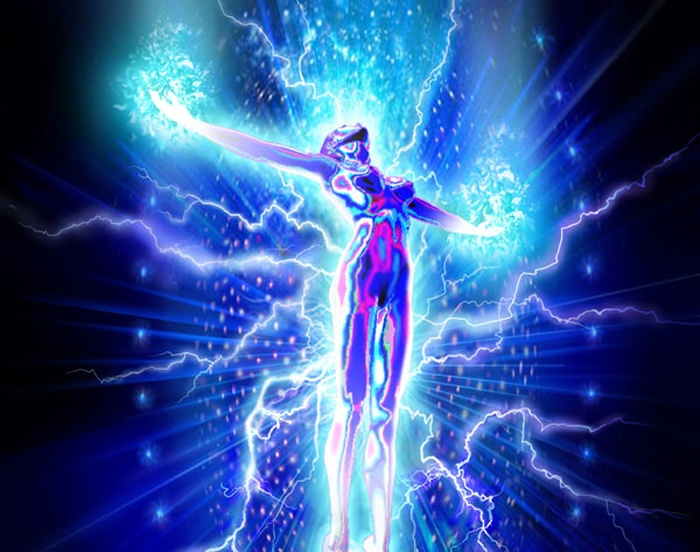
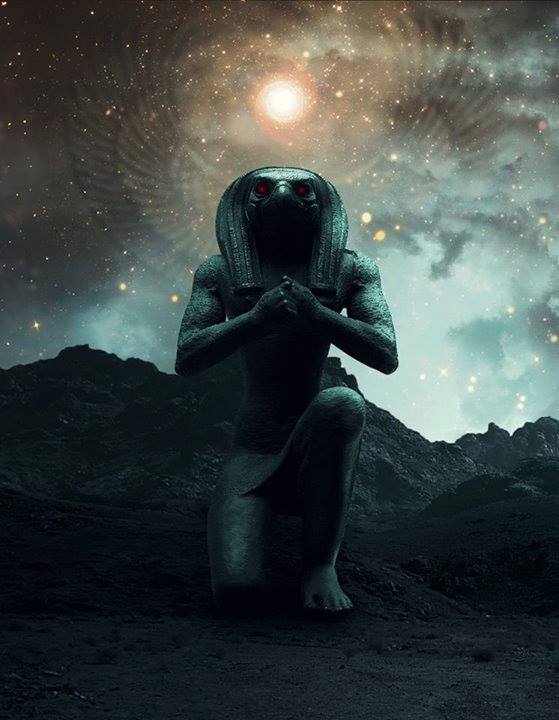

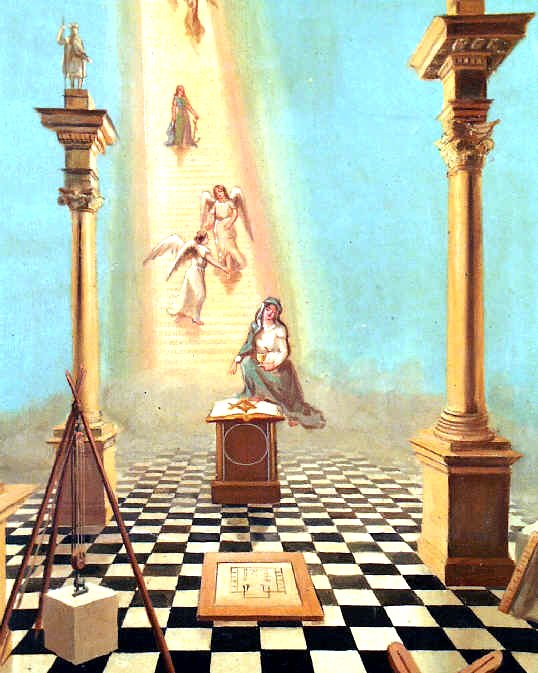

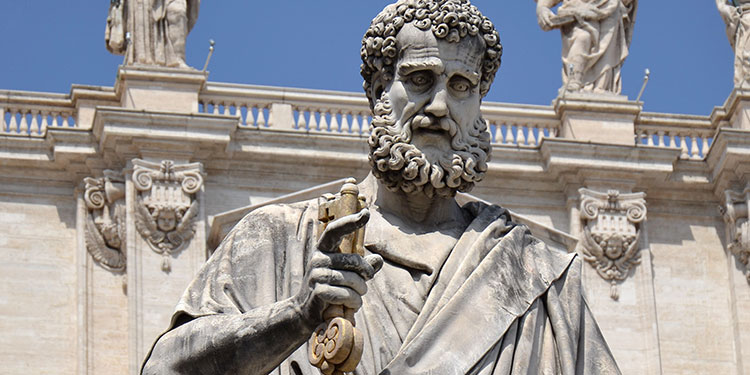
Aka The wicked Samaritan— a fascinating historical figure he is; and the patron of all pretend religions.
His mastery of the philosophies of Heraclitus and Zoroastrian/Egyptian magic made him a formidable opponent of Simon Peter.
Proclaiming himself to be “The Standing One” inadvertently made him the Monad; he erroneously labeled YHWH as the demiurge thereby assuming the position of supreme being. The Samaritans called him “god”, he deceived many for material gain and infamy.
Simon Magus— the first anti pope has been exposed as never to have stood and will never stand.
Having a ‘fresh’ name for our ‘christos’ helps to re- conjure the freshness of our souls forgiveness.
Unpolluted by ‘churchianities’ history, new bread and new wine are brought to the alter. Communion with the one saviour Simon, Yeshua, our self.